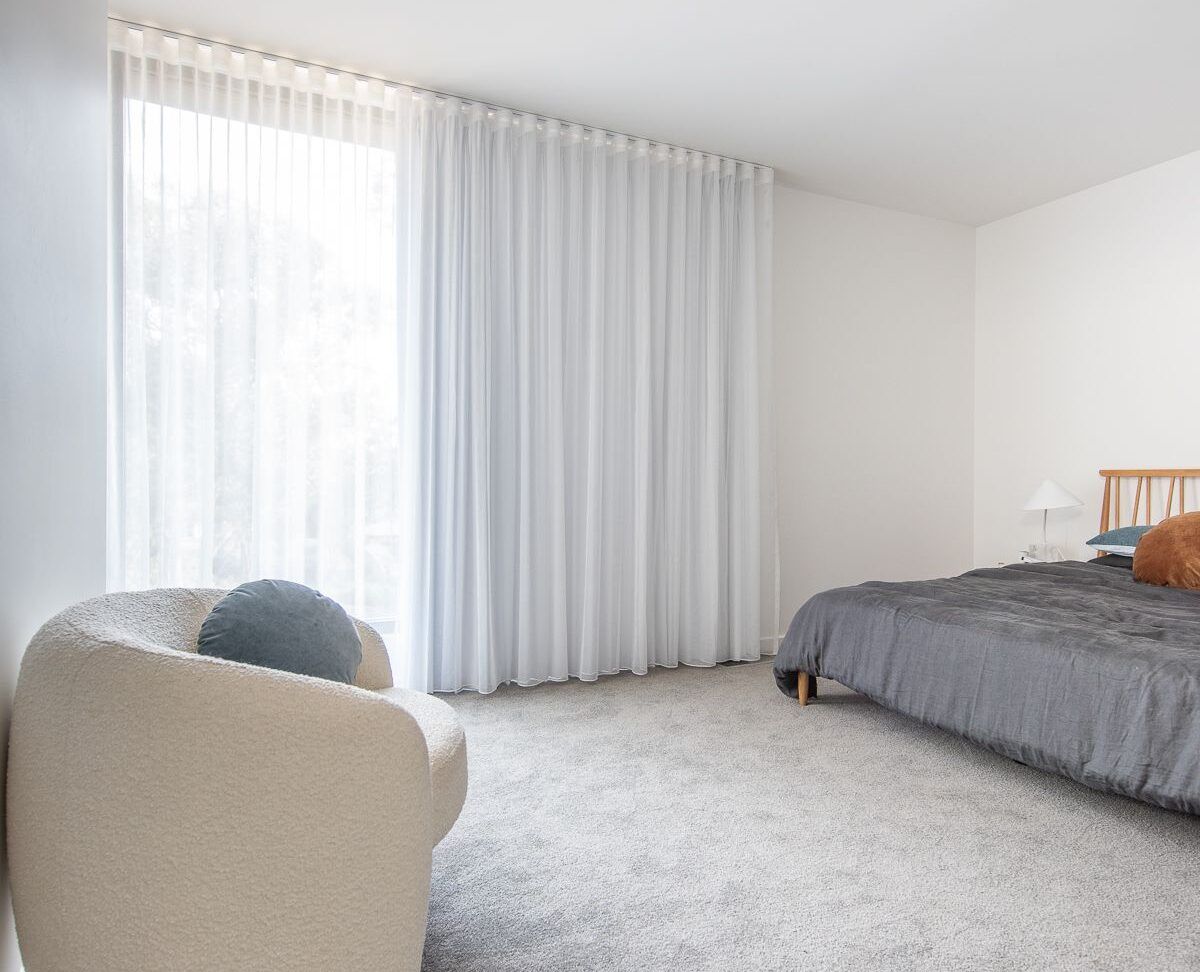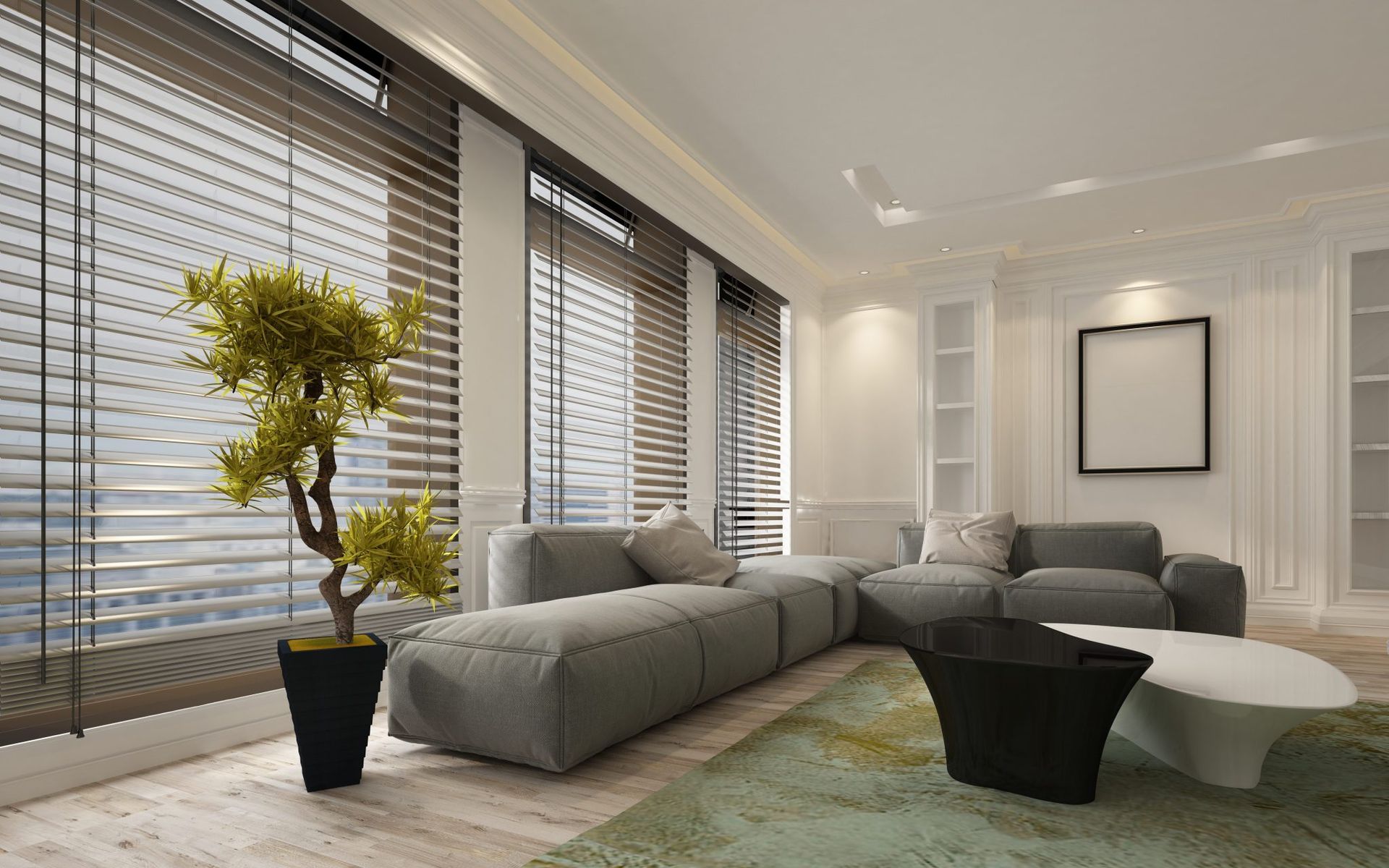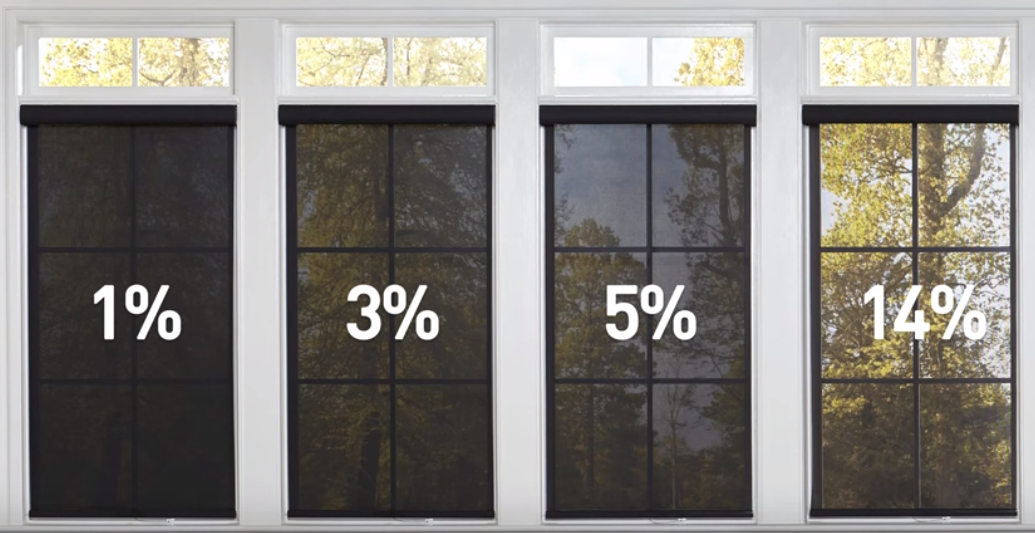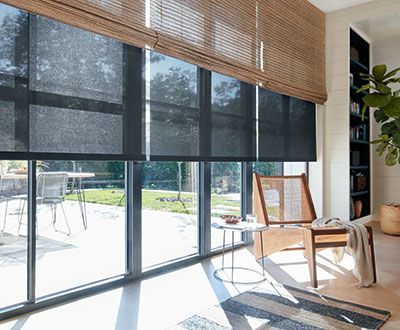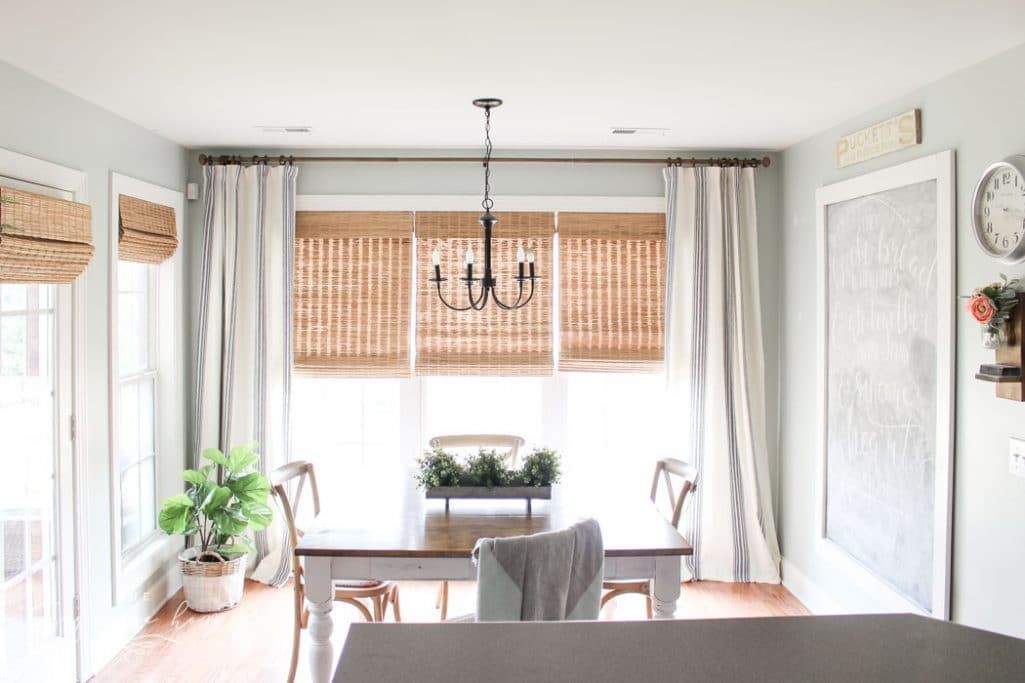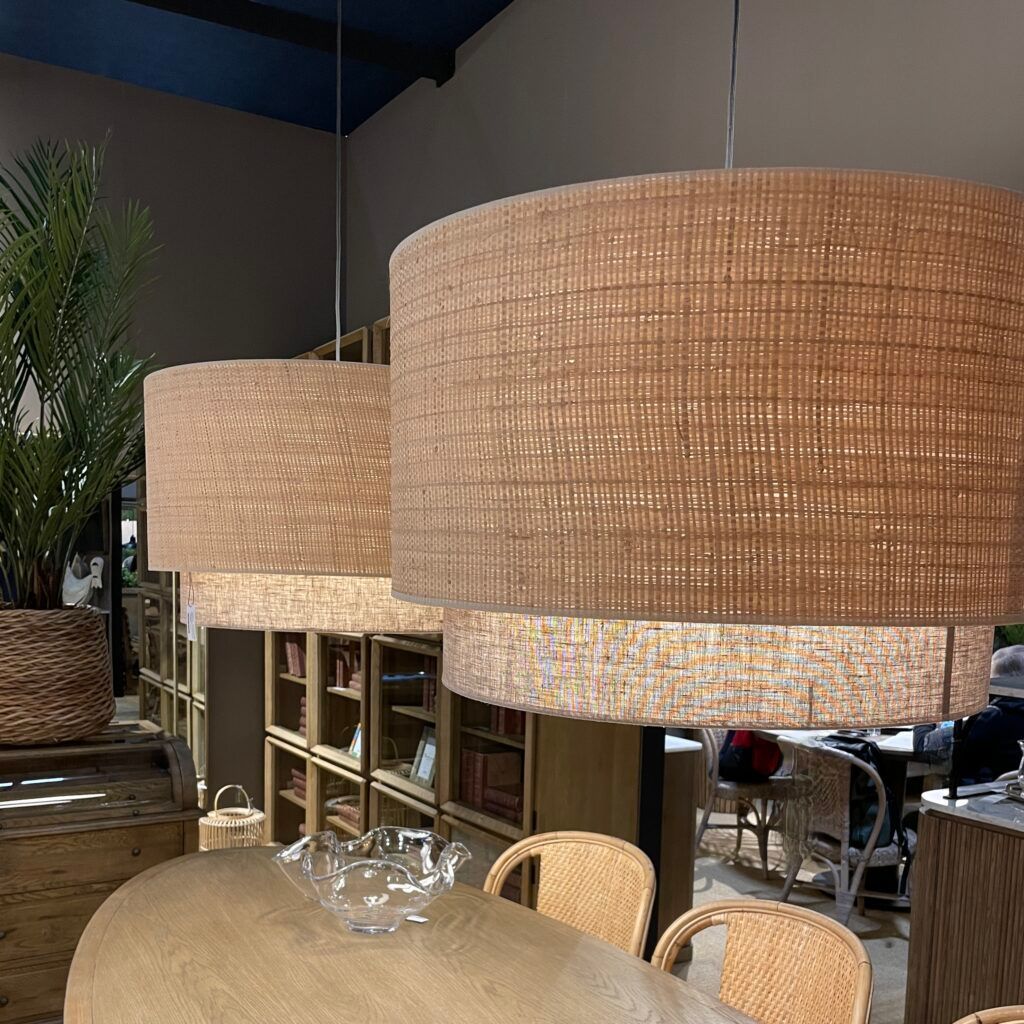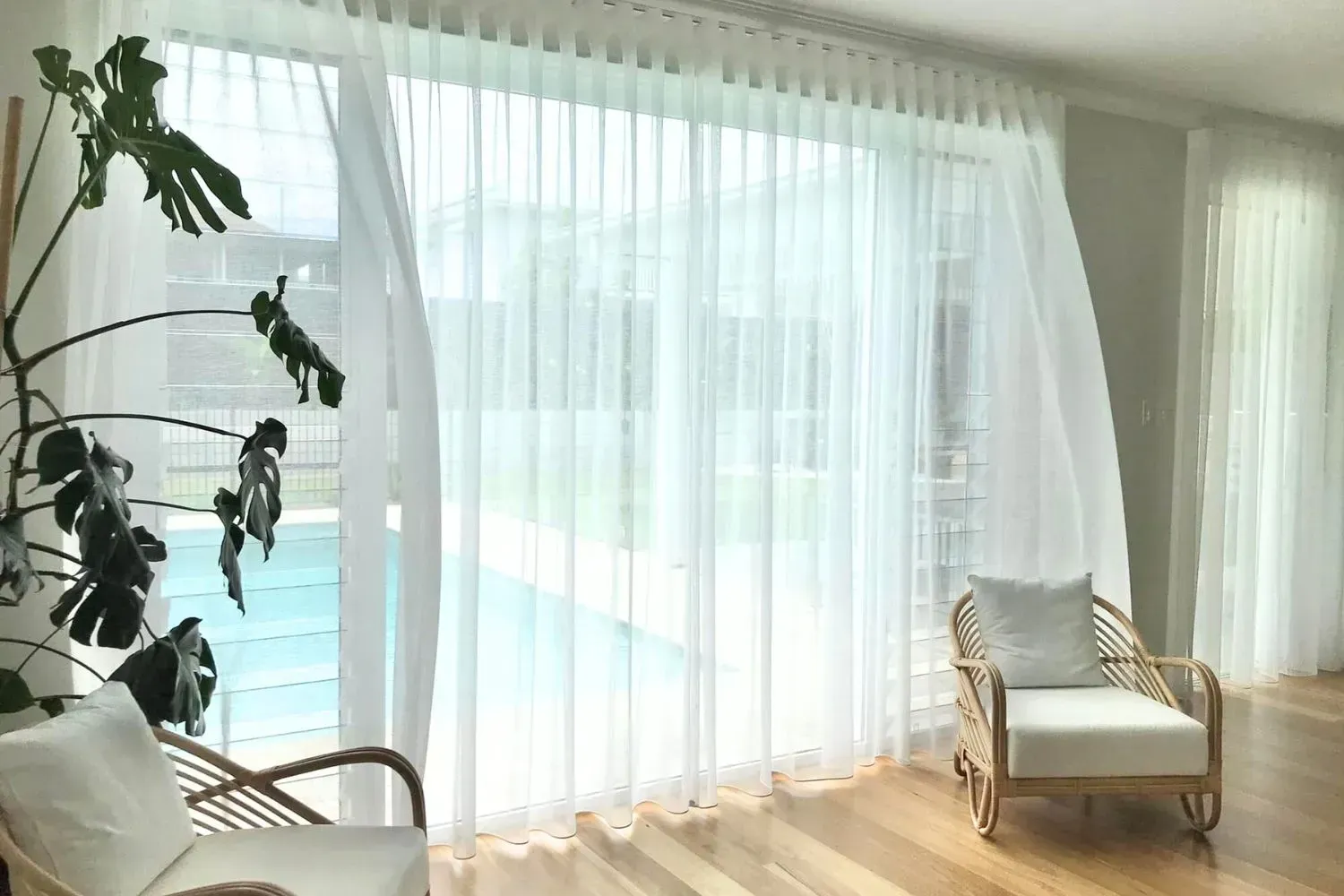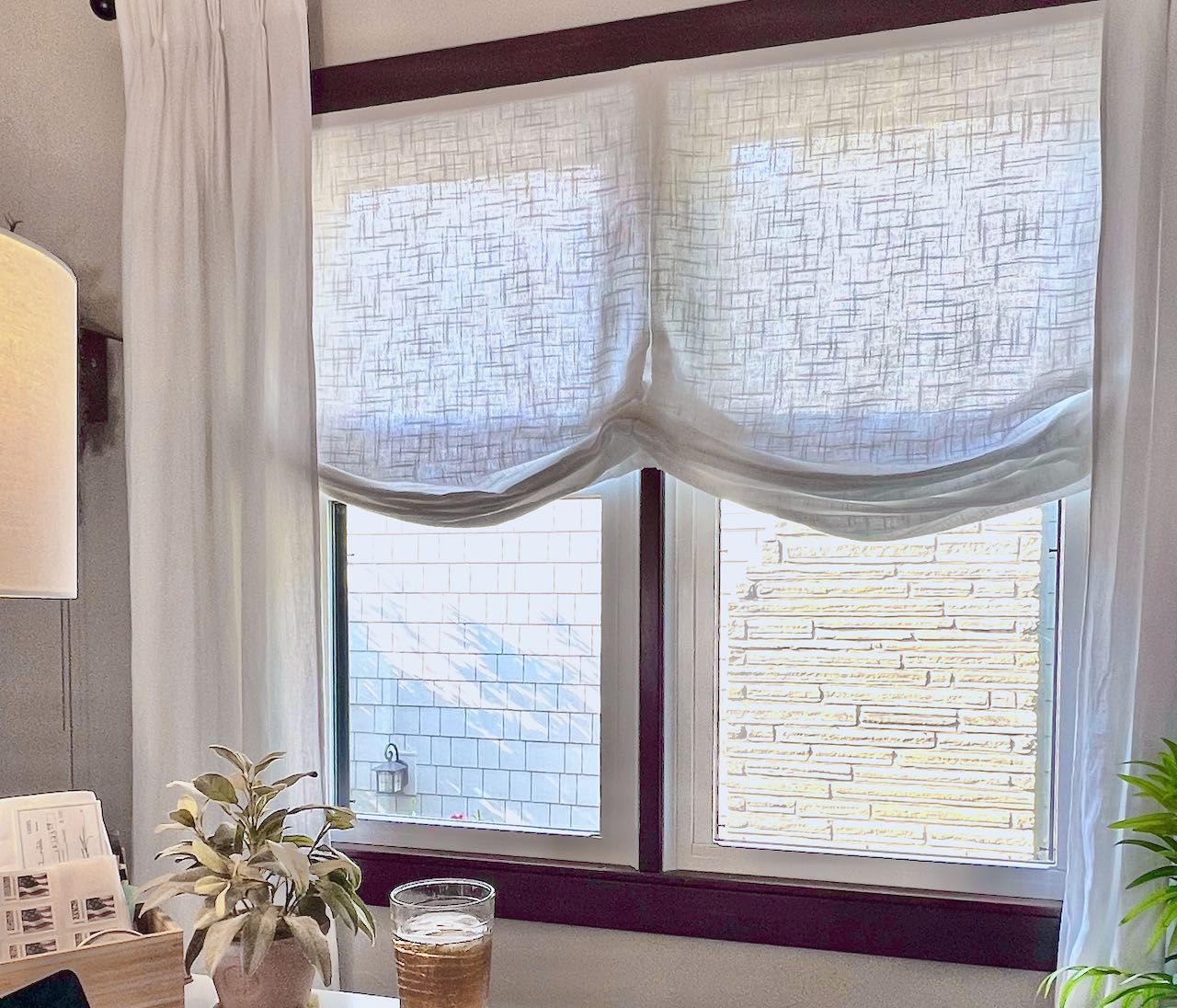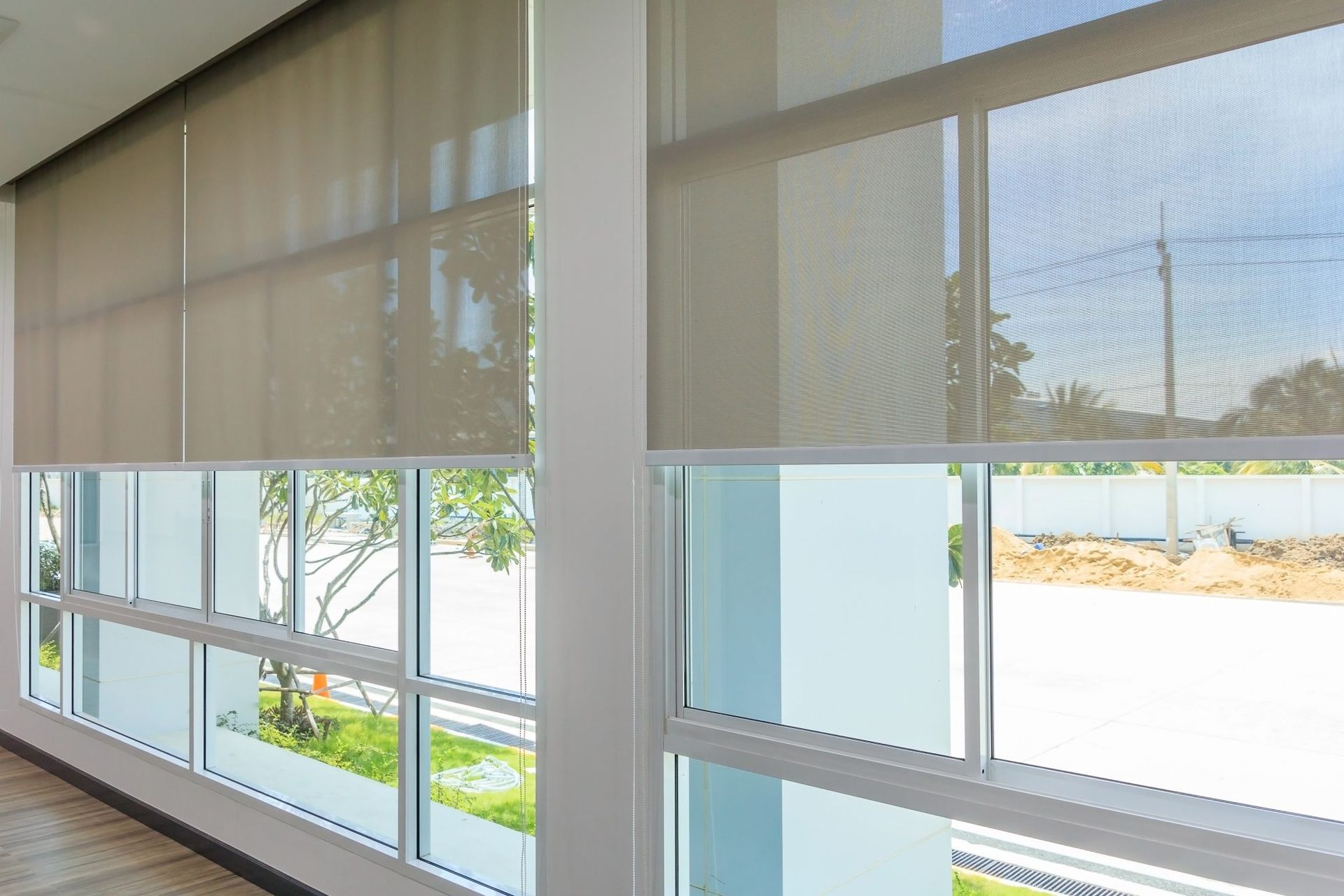UNVEILING THE MAGIC: HOW COLOR AND DESIGN SHAPE WINDOW COVERINGS
Can the mix of colors and interior design really change how we decorate our windows? Throughout history, window treatments have changed from basic solutions to complex decorations. Let's explore how colors and designs affect window coverings and our living spaces today.
Ancient Origins: Windows and Style
Long ago, window treatments had a practical purpose, like protecting us from the weather. They used materials like animal hides, woven reeds, and cloth. They were both useful and decorative.
Renaissance Elegance: Luxurious Window Dressing
In the Renaissance era, window treatments got fancier. People used silk and velvet to create beautiful drapes and valances. These added drama and elegance to big homes and palaces, showing that window coverings could be more than just functional.
Industrial Revolution Efficiency: Simple and Effective
During the Industrial Revolution, there was a need for practical window solutions. Roller shades and blinds became popular because they offered privacy and controlled light. It was a time when style met usefulness.
Mid-20th Century Playfulness: Colors and Patterns Take Over
The 1960s and 1970s brought colorful and bold designs to window treatments. Bright colors and geometric shapes were everywhere, bringing fun back to window décor. Window drapery became an important part of interior design again.
Window Treatments in Modern Times: A Wide Range of Choices
Today, window treatments are still important in interior design. You can find everything from sheer curtains that let in natural light to high-tech Roman shades and
remote-controlled blinds and shades. There are many options to fit your style and needs.
CHOOSING THE PERFECT WINDOW TREATMENT: STYLE AND FUNCTION
Picking the right window treatment is an art. Color and design are crucial. Colors can set the mood - neutral tones can make a room calm, while bold colors can make it energetic. Patterns and textures can make a room interesting, and simple treatments can make it modern.
You also need to think about the room's purpose. For a teenager's bedroom, you might want
room-darkening shades. For a sunroom with a lot of light and heat, you might need
energy-efficient shades. Special-shaped windows might need custom solutions. Your choice should match your home's needs.
If you're working with a neutral interior, understanding the
Best Blind Colors for White Walls can help create the perfect balance between contrast and harmony. Whether you prefer a seamless, minimalist look or a bold accent, selecting the right blind color enhances both functionality and style.

